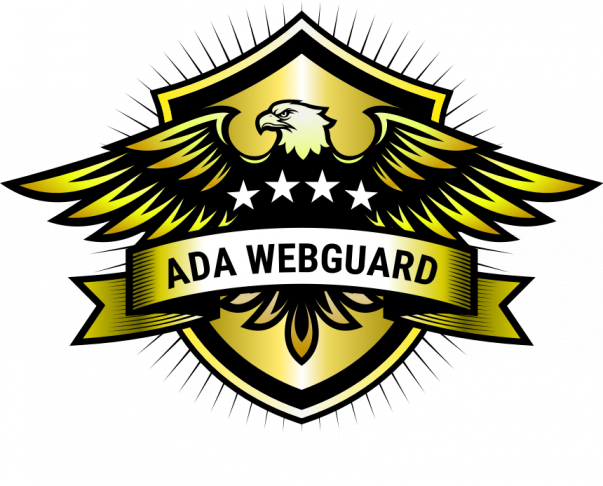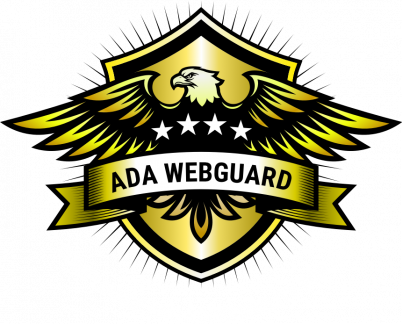Before we dive into what we must do to test for website compliance, lets understand why your website must be ADA compliant and accessible to people with disabilities.
Other than the trending obvious of avoiding potential lawsuits, having a compliant and accessible website lets the disabled community, their family, friends, and people in general know that your company cares about accommodating people with disabilities.
Making your digital content more accessible will allow for the easy access of individuals with visual, hearing, motor, and/or cognitive disabilities. Approximately 1 in 5 people in the United States, roughly 64 million people, qualify as disabled. If you are not making your web content fully accessible, you are missing out on potentially 20% of your audience. By making your website accessible your content will be available to a previously unreached percentage of the population, and your business is sure to improve.
As Stevie Wonder once said, “We need to make every single thing accessible to every single person with a disability”
Performing website accessibility testing ensures that your website and/or app is usable by as many people as possible. Knowing what to look for when checking for accessibility can be a daunting task, and usually, if you are not a Certified Professional in Web Accessibility, you can miss some vital issues. Any obstacle that could prevent someone from understanding your website and the information therein is an accessibility barrier. Most websites have some accessibility barrier that restricts usage for persons with a disability.
There is only one way to completely test for website compliance and accessibility using all 78 WCAG 2.0 & 2.1 Success Criteria and that is by completing the following 2 steps.
Step 1. Automated Testing (It’s crucial that one does not rely on automated testing alone, because these tools will only capture about 30% of issue types.)
Automated tests are essential when evaluating your website for ADA non-compliant accessibility errors on a technical level, and are especially important when developing, remediating and/or maintaining a website. Automated testing alerts you to errors like:
- FORM FIELDS: Automated tests make sure that all entry fields have labels.
- COLOR: Automated tests verify that color combinations in a text are used appropriately.
- LINKS: Automated testing quickly determines that all links are functioning as they are supposed to.
- AND MORE
Step 2. Manual Website Auditing
Manual Auditing allows for a TRAINED and CERTIFIED PROFESSIONAL to evaluate your website for ADA non-compliant critical accessibility failures and can catch all that is missed by automated testing. Manual testing evaluates websites without using a mouse simulating a disabled user. We use a combination of keyboard-only interactions, screen readers to convert text to spoken audio and web browser plug-ins to determine the accessibility of your website. While automated testing accounts for some of the WCAG 2.1 criteria, manual testing accounts for Critical Accessibility Failures that Automated software can’t, like:
- SKIP TO MAIN CONTENT: This prevents users from having to go through your entire navigation over and over again just to get to the main content of your webpage.
- PAGE TITLES: Page titles are what is visible in tabs or bookmarks and should be appropriate to the page content.
- HEADINGS: Headings accurately describe the content.
- AND MANY MORE!
WARNING: “If it sounds too good to be True, it probably is” JavaScript’s, Overlays, and AI Widgets are NOT a complete Solution and don’t protect you from potential lawsuits. Overlays and widgets for your website do not protect you from legal action as they are insufficient to pick up all compliance and accessibility barriers.
Overlays are products that claim to automatically fix a website’s accessibility issues. All you have to do, they claim, is insert their JavaScript snippet on your website and your accessibility problems will be repaired.
All these quick fix solutions fail to meet the needs of actual people with disabilities. Since we know that automated tools can only detect about 30% of WCAG website compliance, we can’t expect such JavaScript’s, Overlays, and AI Widgets to do any better.
To truly have a Compliant and Accessible website, ADA WebGuard highly recommends conducting both Automated Testing and Manual Auditing using all WCAG AA Success Criteria. For more information on website testing and auditing, you can contact Garett Grabarnick at 833-232-9321 or visit our website at www.ADAWebGuard.com


